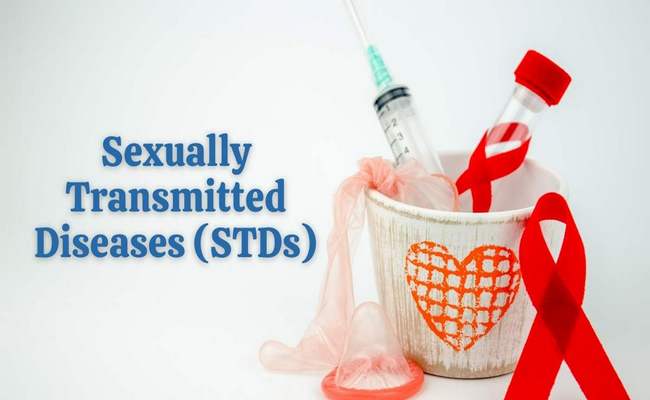Definition of Sexually Transmitted Disease (STDs):
The sexually transmitted diseases (STD) are a group of communicable disease that are transmitted predominantly by sexual contact and caused by wide range of bacterial, viral, protozoal, and fungal agents and ectoparasites.

How to Control Sexually Transmitted Disease (STDs)?
Controlling measures of sexual transmitted disease (STDs):
The control of STDs may be considered under the following principle:
1. Initial planning:
- Problem detection.
- Establishing priorities: Priority groups on the basis of: Age, sex, area, occupation etc.
- Setting objects.
- Considering strategies
2. Intervention strategies:
Case detection:
Screening: High priority is given, pregnant women, Blood donors, Army, Police, truck drivers, CSWs or (prostitutes) and other risk group.
Contract tracing: Technique, by which the sexual partners of diagnosed patients are identified, located, investigated and treated.
Cluster testing: Here the patients are asked to name other persons of either sex who move in the same socio sexual environment.
Case holding and treatment: Adequate treatment of patients and their contacts is the mainstay of STD control.
Epidemiological treatment: Administration of full therapeutic dose of treatment to persons recently exposed to STD while awaiting the results of laboratory tests followed by contact treatment according to that laboratory result.
Personal prophylaxis:
- Contraceptive, eg, condoms, Diaphragms.
- The exposed parts should be washed with soap and water as soon as possible.
- vaccines, eg, hepatitis B vaccine.
Health and sex education:
- Motivation of sexual behavior (Avoidance of multiple sexual partners).
- Education among: younger generation, vulnerable groups, Couple preparing for marriage, Community leaders, General public.
3. Supportive components:
- STD clinic,
- Laboratory services,
- Primary health care,
- Information system,
- Legislation,
- Social welfare measures,
- Rehabilitation of prostitutes,
- Marriage counseling,
- Provision of recreation facilities in the country,
- Prohibiting the sale of sexually stimulating literature, pornographic books and photographs.
4. Monitoring and evaluation.
Mode or Route of Transmission of Sexually Transmitted Disease (STDs):
1. Unprotected sexual intercourse (vaginal, anal or oral).
Trans-placental, eg. Mother to child:
- During pregnancy: HIV, syphilis
- During delivery: Gonorrhea, Chlamydia, and HIV
- After birth: HIV, (through breast feeding)
3. Transfusion of infected blood and blood products.
4. Sharing of needle and syringe for intravenous drug infusion.

Maria Khatun Mona is a Founder and Editor of Nursing Exercise Blog. She is a Nursing and Midwifery Expert. Currently she is working as a Registered Nurse at Evercare Hospital, Dhaka, Bangladesh. She has great passion in writing different articles on Nursing and Midwifery. Mail her at “maria.mona023@gmail.com”
